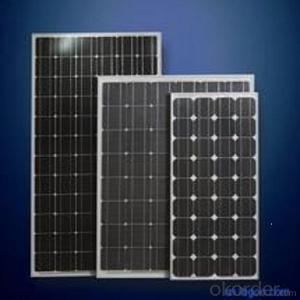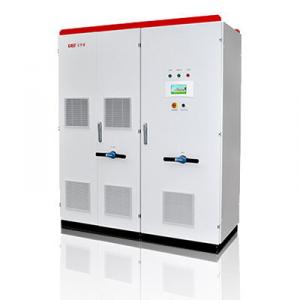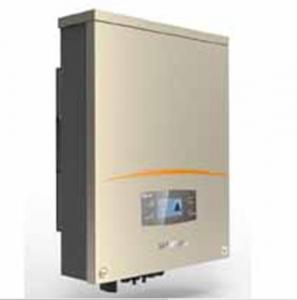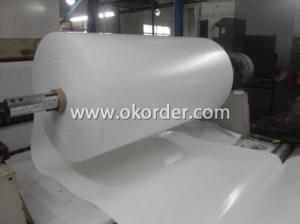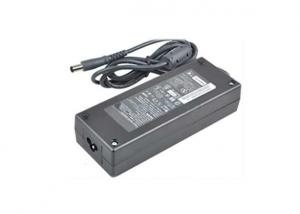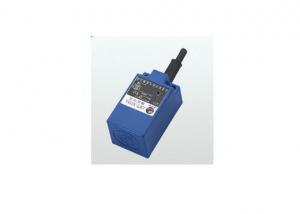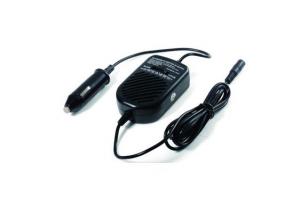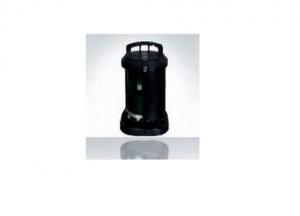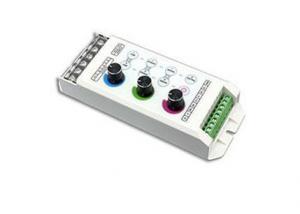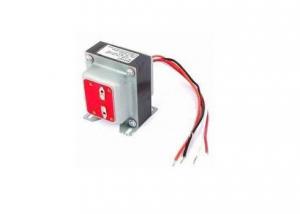Ecco Solar Inverter
Ecco Solar Inverter Related Searches
Eko Solar Inverter Eco Solar Inverter Ecostar Solar Inverter Solar Electric Inverter Evvo Solar Inverter Easy Solar Inverter East Solar Inverter Solar Energy Inverter Epever Solar Inverter Ever Solar Inverter Solar Inverter Italy Easy Power Solar Inverter Uno Solar Inverter Inverter Solar Edge East Power Solar Inverter Solar Edge Inverter Solar Solar Inverter Inspire Solar Inverter Solar With Electric Inverter Go Solar Inverter Pro Solar Inverter Solar Pro Inverter Inverter Solar Solar Converter Inverter Ja Solar Inverter Solar 120v Inverter Buy Solar Inverter Eps Solar Inverter Sunshine Solar Inverter Eltek Solar InverterEcco Solar Inverter Supplier & Manufacturer from China
Ecco Solar Inverter is a high-quality product designed for efficient solar energy conversion. This inverter is engineered to optimize the performance of solar power systems, ensuring that the energy generated by solar panels is effectively converted into usable electricity. The product is known for its reliability, durability, and advanced features that cater to various solar energy applications.The Ecco Solar Inverter is widely used in residential, commercial, and industrial settings where solar energy is harnessed to power electrical systems. It is particularly beneficial in scenarios where there is a need for a stable and continuous power supply, such as in remote areas or during power outages. The inverter's ability to manage solar energy efficiently makes it an essential component in the growing field of renewable energy solutions.
Okorder.com is a leading wholesale supplier of Ecco Solar Inverter, boasting a large inventory to meet the diverse needs of customers worldwide. The platform offers competitive prices and reliable service, ensuring that businesses and individuals can access this essential product with ease. By partnering with Okorder.com, customers can be confident in the quality and availability of Ecco Solar Inverters for their solar energy projects.
Hot Products

